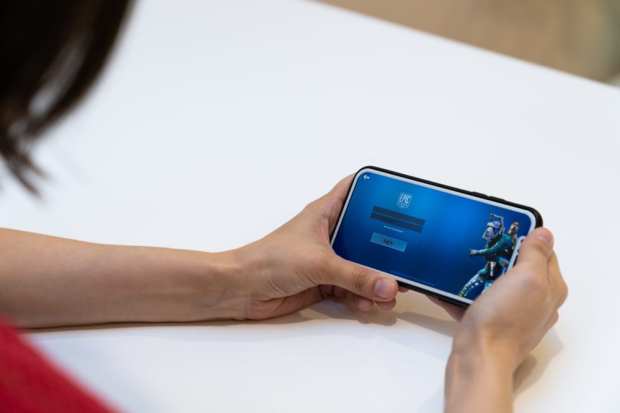Biometrics Battles Evil On Gaming Platforms

Identity fraud is nothing to play around with, but you wouldn’t know that given its prevalence in the online gaming sector. “Three out of four American consumers are now interacting with gaming platforms, spending up to 14 hours a week on them — up from 12 hours in 2018. This trend is also being observed in other parts of the world, with the global gaming industry expected to generate $159.3 billion in revenues and engage 2.7 billion gamers worldwide.”
This is according to PYMNTS’ latest Digital Identity Tracker® done in collaboration with Jumio, which concerns itself with the massive online gaming business and its many opportunities, as well as the troubling presence of platform-savvy fraudsters throughout popular gaming networks.
Representing close to 75 percent of all in-app spending, as well as a thriving and diverse advertising ecosystem, online gaming is paradise for cybercrooks. “Many fraudsters are attempting to skim advertising dollars by duplicating apps and restoring ads, while others are targeting rewards systems by using bots to give them unfair advantages in matches, providing phony GPS locations or changing game criteria,” states the Digital Identity Tracker®.
With this kind of digital nastiness afoot, game platforms and their payments and technology partners are beefing up security in the space, keeping winners and losers on-screen only.
Gaming the System
Biometric identity verification is proving perhaps the best weapon we have to defend against the synthetic frauds and deep fakes that are starting to dominate cybercrime.
“By requiring a corroborating selfie along with an ID document, operators can have significantly higher levels of assurance — plus requiring a selfie, all by itself, will cut down on fraud by as much as 90 percent,” Philipp Pointner, chief product officer at Jumio, told PYMNTS.
“The other benefit of biometric-based identity proofing is that these solutions often create a 3D face map during the selfie process, which not only prevents spoofs but can be used for downstream authentication,” he said. “This means operators can use the same biometrics to identity-proof a player and to authenticate them for riskier transactions, which makes more sense than using different technologies for these different phases of identity management.”
It’s happening at the hardware and software levels, with Apple recently announcing that it will enable biometric authentication on its Safari 14 web browser, allowing users to log into websites without passwords. “The company noted during its Worldwide Developers Conference in June that its Face ID and Touch ID features will soon be available on Fast Identity Online (FIDO)-supporting sites,” per the Tracker.
Security Is All Fun and Games
In-game theft often isn’t the true target of fraudsters – it’s the access to more lucrative financial information and other such credentials that can be used for account takeovers and worse.
Again, biometrics emerges as the hard-to-fool guard watching onboarding at scale, looking for patterns both known and new that signal illicit activity against gamers.
“The technology uses individuals’ unique biometric credentials, such as their fingerprints or facial scans, to verify their identities before allowing them to log onto platforms. The inherence of such data makes it much more challenging for fraudsters to break into systems that employ these measures,” according to PYMNTS’ latest Digital Identity Tracker®.
“Gaming and gambling websites can also use biometric tools to verify potential players’ ages during onboarding, and the sector has been evaluating how best to leverage the technology to do so,” the Tracker states. “These methods could be especially useful for online age-verification processes, as biometric measures are highly accurate and difficult to fake.”
